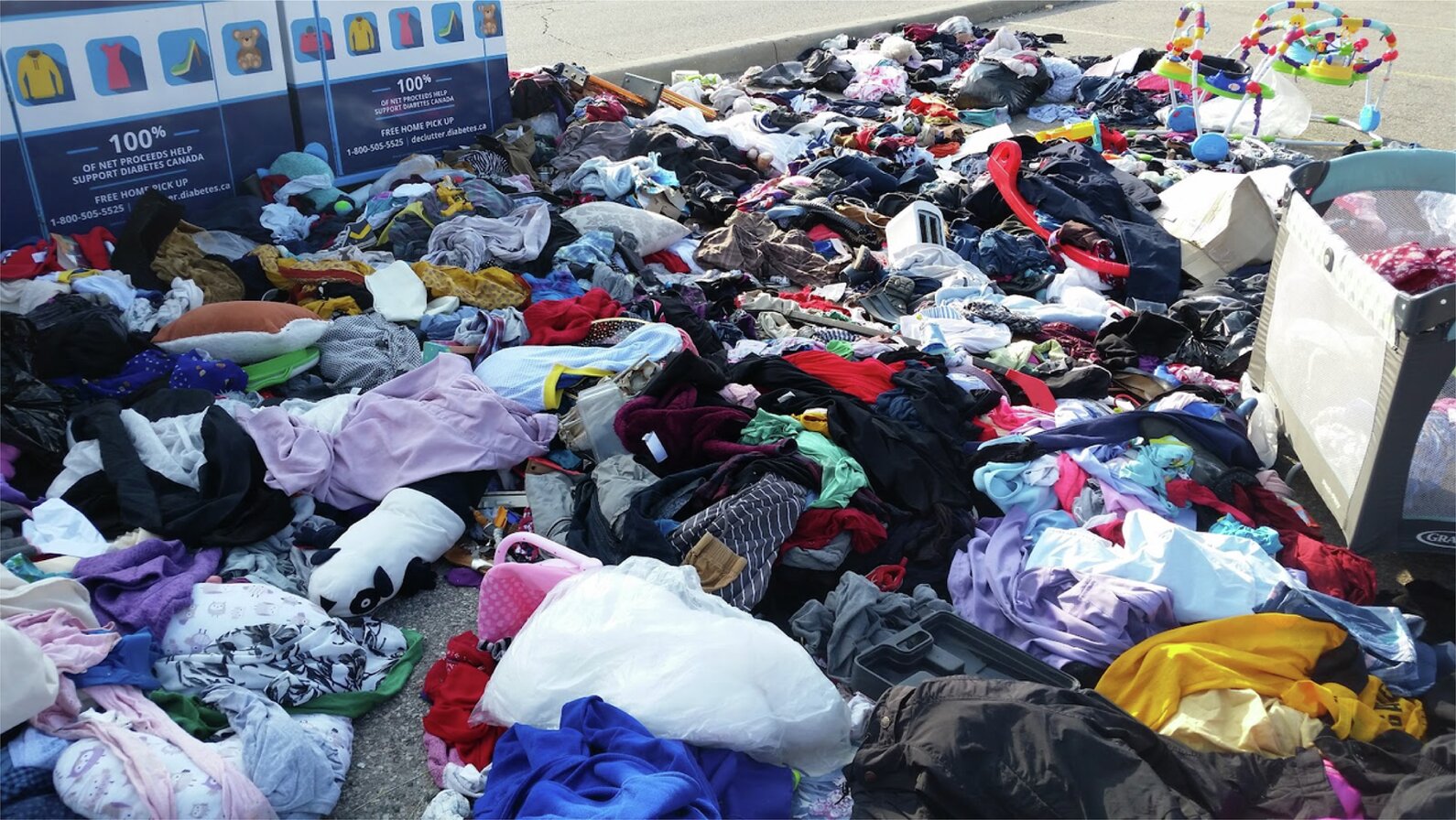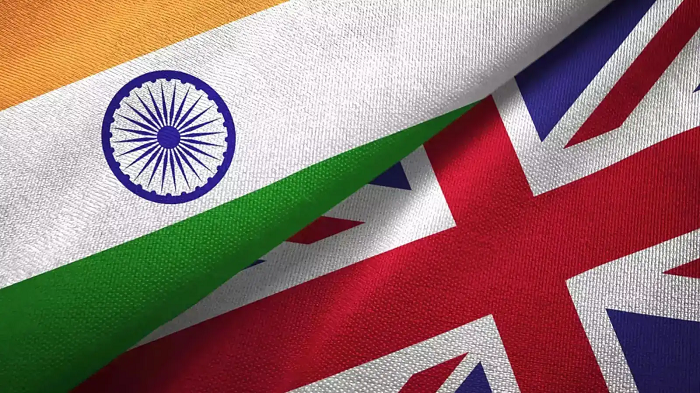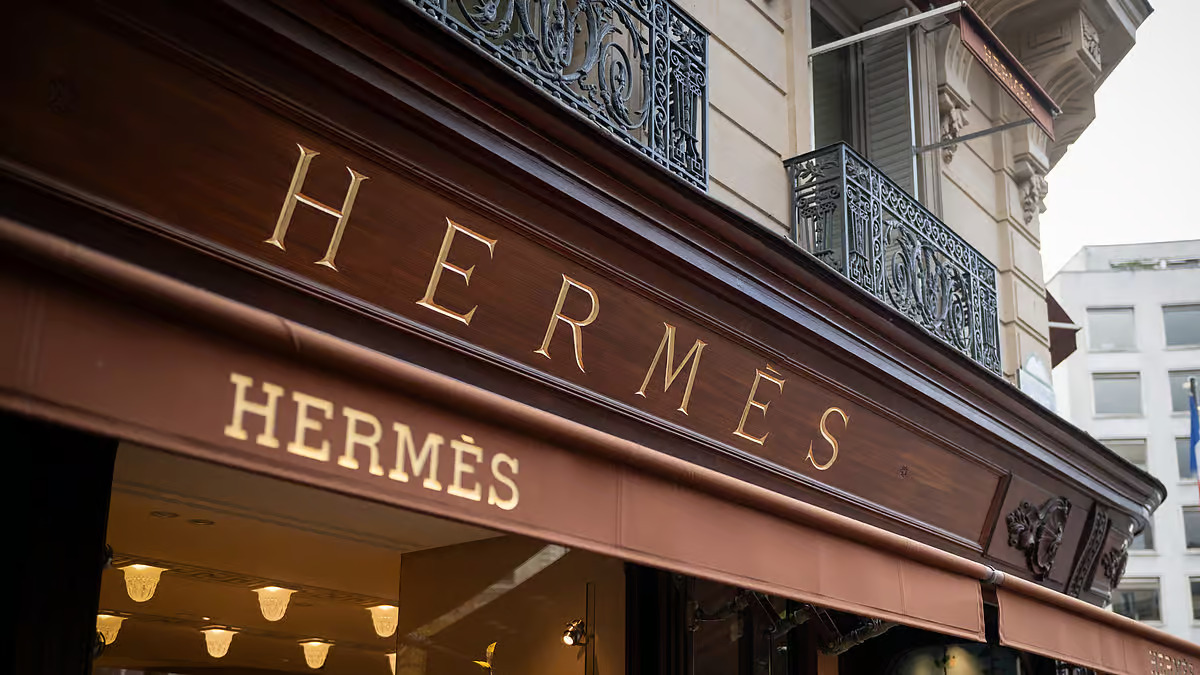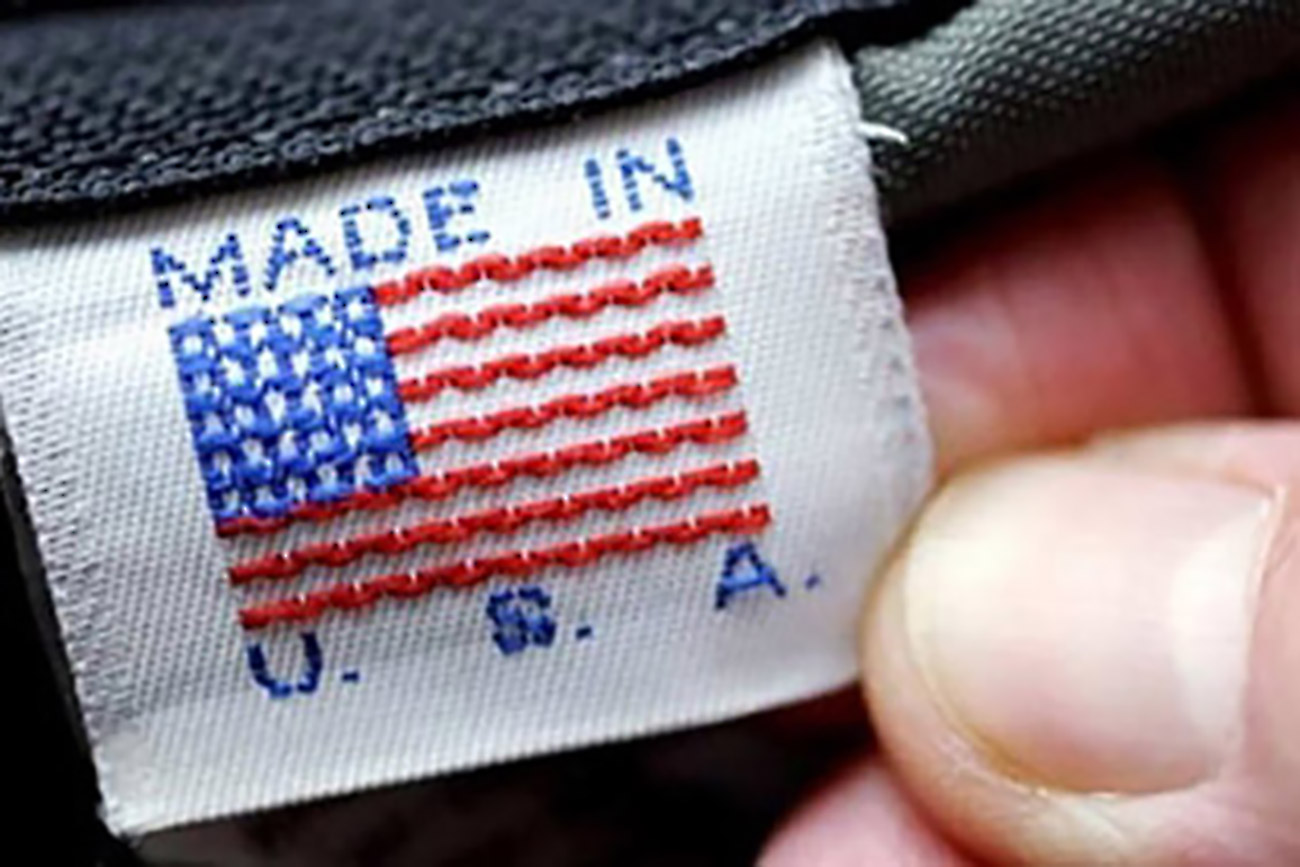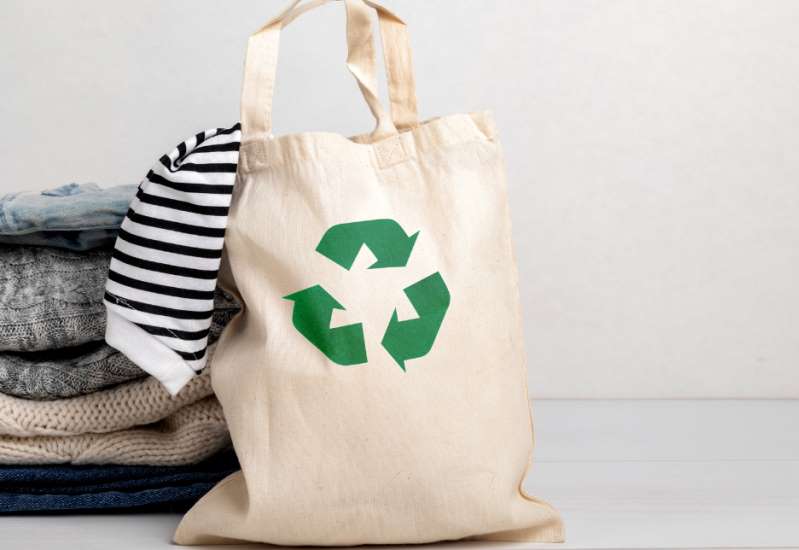
Inditex, the parent company of fast-fashion giant Zara, remains "optimistic" about its growth prospects in the United States, even amidst rising tariffs and concerns about consumer demand, according to CEO Oscar Garcia Maceiras. This confidence comes as the company navigates a complex economic landscape and adjusts its pricing strategy in the US market.
At an annual press conference following the release of first-quarter sales figures, Garcia Maceiras emphasized Inditex's commitment to the US, stating, "By properly executing our business model, we will continue to have a very positive evolution in the US market." The US is Inditex's second-largest market after Spain, though the Americas region as a whole accounted for 18.6 per cent of global sales in 2024, a relatively smaller share compared to Spain's 15.1 per cent and the rest of Europe’s 50.6 per cent.
Inditex’s resilience despite tariff threats
Despite US President Donald Trump's tariff threats on imported goods, which sparked retaliatory measures from other countries due to concerns about global trade, Inditex maintains its resilience. Garcia Maceiras highlighted the company's diversified sourcing strategy, with products originating from 50 countries, enabling it to adapt to evolving tariff structures.
Table: Inditex sales by region (2024)
|
Region |
Share of global sales |
|
Spain |
15.10% |
|
Rest of Europe |
50.60% |
|
Americas |
18.60% |
"We are well positioned to adapt to new tariffs," Garcia Maceiras stated. While expressing optimism, Inditex also acknowledged the need to address the potential impact of tariffs on inflation. In response, Garcia Maceiras indicated that the company plans to maintain "stable prices." However, data from market research firm EDITED reveals that Zara has, in fact, increased prices in the US over the past year.
Table: Average price increases for select Zara items in the US market
|
Item Category |
March 1, Current Year Average Price (USD) |
12-Month Price Increase (%) |
|
Dress |
$86.44 |
22% |
|
Top |
$63.60 |
8% |
This data suggests that while Inditex aims for price stability, adjustments are being made to reflect market conditions. The company's strategy appears to balance the need to remain competitive with the pressures of increased tariffs and fluctuating economic conditions.
Inditex's confidence in the US market is further underscored by its ongoing expansion efforts, including the opening of a new Massimo Dutti store in Miami in November. Currently, Zara operates 97 stores in the US. Garcia Maceiras also acknowledged the challenges posed by the constantly changing geopolitical landscape, stating that the uncertainty makes long-term predictions difficult. This sentiment echoes concerns shared by other business leaders grappling with the impact of evolving US trade and foreign policies.
Stake of other fashion brands in US market
Shein, which currently dominates the US fast fashion market with an estimated 50 per cent market share, faces a unique set of challenges. Its business model relies heavily on rapid production and efficient supply chains, often sourcing from regions that could be heavily impacted by tariffs. Shein, known for its extremely low prices, will likely face significant pressure to maintain its competitive edge. The company's strategy may involve further optimizing its supply chain, diversifying its sourcing, or potentially absorbing some of the increased costs. It is likely that Shein will attempt to keep prices as low as possible, as their customer base is extremely price sensitive, and any significant price increases could cause a loss of market share.
Table: US fast fashion market share
|
Fast fashion brand |
US market share |
|
Shein |
50% |
|
H&M |
16% |
|
Zara |
13% |
|
Fashion Nova |
11% |
H&M, with an estimated 16 per cent share of the US fast fashion market, also relies on a complex global supply chain. The company has been increasingly focused on sustainability and ethical sourcing, which could provide a degree of resilience in the face of tariff-related disruptions. H&M's strategy may involve further investments in supply chain efficiency, as well as exploring alternative sourcing options. H&M has generally taken a stance of attempting to absorb cost increases where possible, to not pass them to the end consumer, however, that may change depending on the magnitude of the tariffs.
Fashion Nova, holding approximately 11 per cent of the US market, is known for its trend-driven, affordable clothing. The company's agility and ability to quickly adapt to changing consumer preferences could be an advantage in navigating tariff-related challenges. Fashion Nova, like Shein, caters to a price-conscious demographic, so significant price increases are unlikely to be well received. Therefore, they will likely seek to find alternative sourcing to mitigate costs.
All four of these major retailers will be monitoring the tariff situation closely, and it is likely that they will all be adapting their supply chains to deal with the changes. The companies are all likely to attempt to find ways to absorb costs, to avoid raising prices for the end consumer. However, if the tariffs are significant, then price increases may be unavoidable

